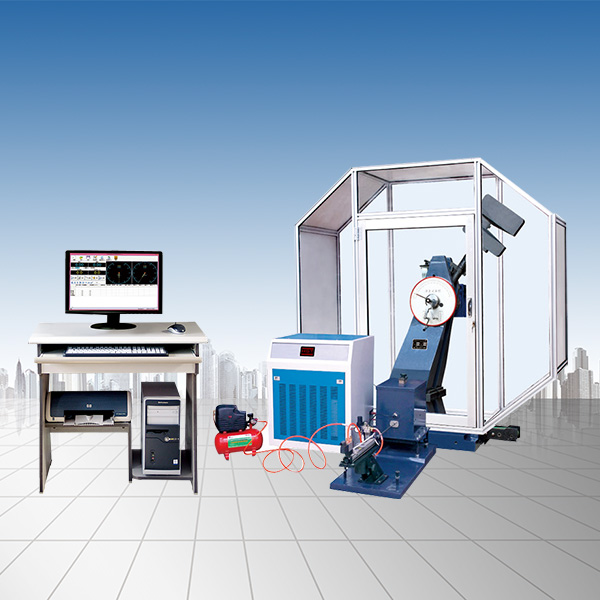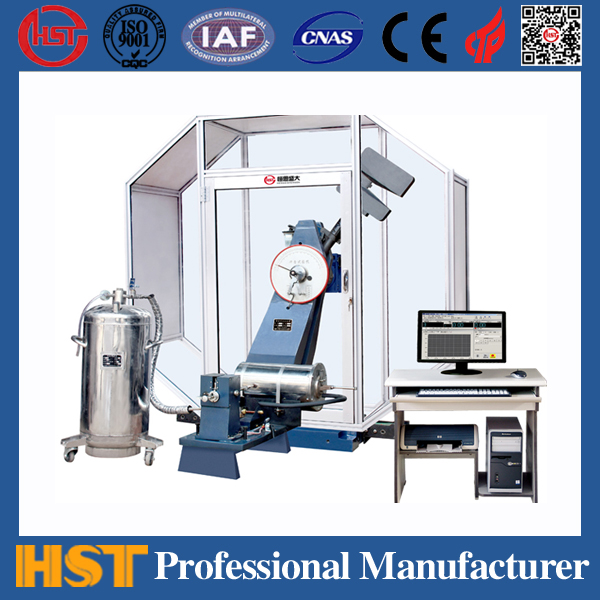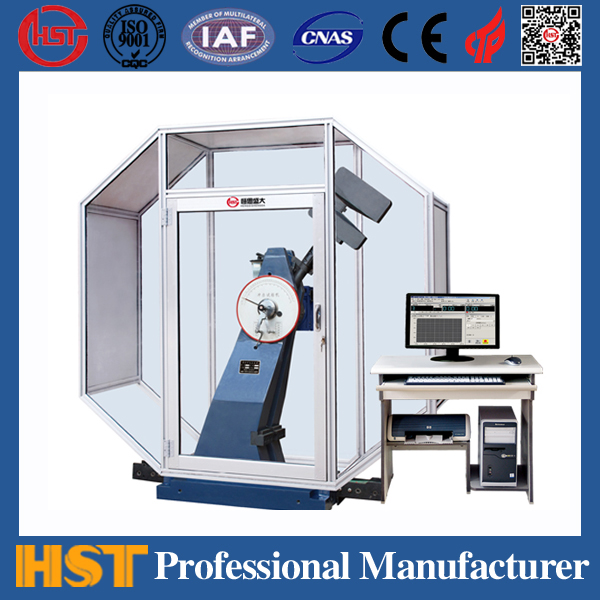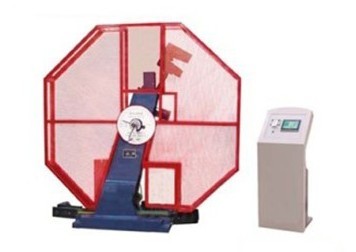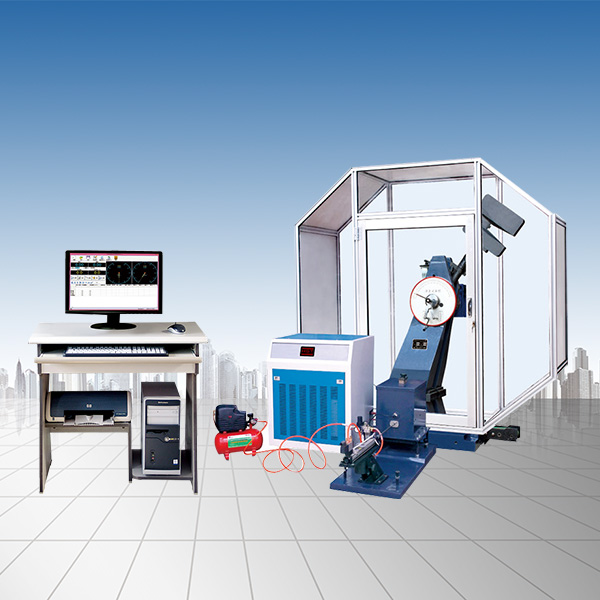News
Projects that can be tested by electronic tensile testing machines
Release time:2023-07-03 source:Jinan Hengsi Shanda Instrument Co., Ltd. Browse:
An electronic tensile testing machine is also called an electronic universal testing machine. Why is it said to be universal? This starts with the projects it can test. Many customers buy electronic tension testing machines that only test a certain performance of a certain material. In fact, the electronic tension testing machine can also test more projects. Come, friends, let’s learn about it with the editor!
The testable items of the electronic tensile testing machine can be divided into ordinary testing items and special testing items. In order to determine the coefficient of rigidity of the material, the higher the ratio of the normal stress component in the same phase to the normal strain, the stronger the material.
1. General testing items of electronic tensile testing machines: (normal displayed values and calculated values)
1. Tensile stress, tensile strength, tear-break strength, tear-break elongation;
2. Fixed extension stress; fixed stress elongation; fixed stress force value, tear strength, arbitrary force value, and arbitrary point elongation;
3. Extraction force, adhesion force and peak calculation value;
4. Pressure test, shear peeling force test, bending test, pull-out force puncture force test:
2. Special test items for electronic tensile testing machines:
1. Effective elasticity and hysteresis loss: When the sample is stretched to a certain elongation or stretched to a specified load at a certain speed, the percentage of the ratio of the work recovered when the sample is contracted and the work consumed when the sample is stretched is effective elasticity; the percentage of the ratio of the energy lost during elongation and shrinkage to the work consumed when the sample is stretched, which is hysteresis loss.
2. Spring K value: the ratio of the force component in the same phase as the deformation and the deformation.
3. Yield strength: When stretching, the load weight at which the permanent elongation reaches a certain specified value is divided by the original cross-sectional area of the parallel part, and the quotient obtained.
4. Yield point: When the material is stretched, the deformation increases rapidly and the stress remains unchanged. This point is the yield point. The yield point is divided into upper and lower yield points, and generally the above yield point is used as the yield point. Yield: The load exceeds the proportion limit and is no longer proportional to the elongation. The load will suddenly drop, and then rise and fall over a period of time, and the elongation will change significantly. This phenomenon is called yield.
5. Permanent deformation: After removing the load, the material remains deformed.
6. Elastic deformation: After removing the load, the deformation of the material completely disappears.
7. Elasticity limit: The maximum stress that the material can withstand without permanent deformation.
8. Proportional limit: The load can be maintained in a proportional relationship with elongation within a certain range, and its maximum stress is the ratio limit.
9. The sexual coefficient is the elastic Young's modulus
Through a simple understanding, everyone should have a certain understanding of the testable items of the electronic tensile testing machine. However, the testing focus of different models of equipment is also different.
- Previous article:Common obstacles and methods for e-tension testing machines
- Next article:Chain tensile testing machine
Recommended productsPRODUCTS



















